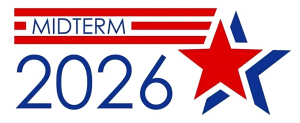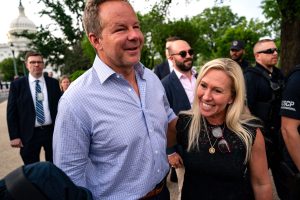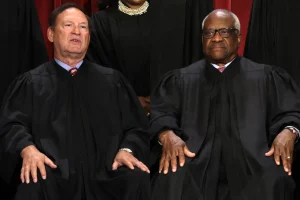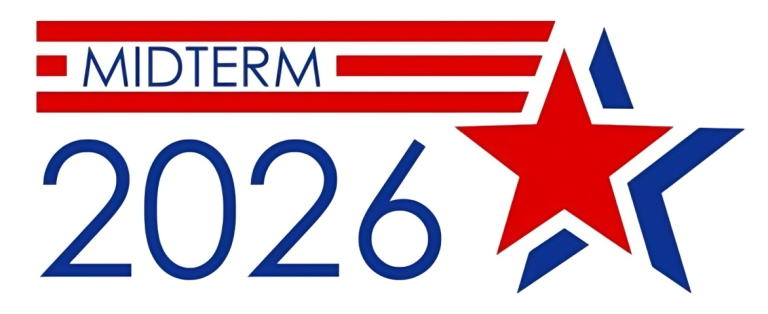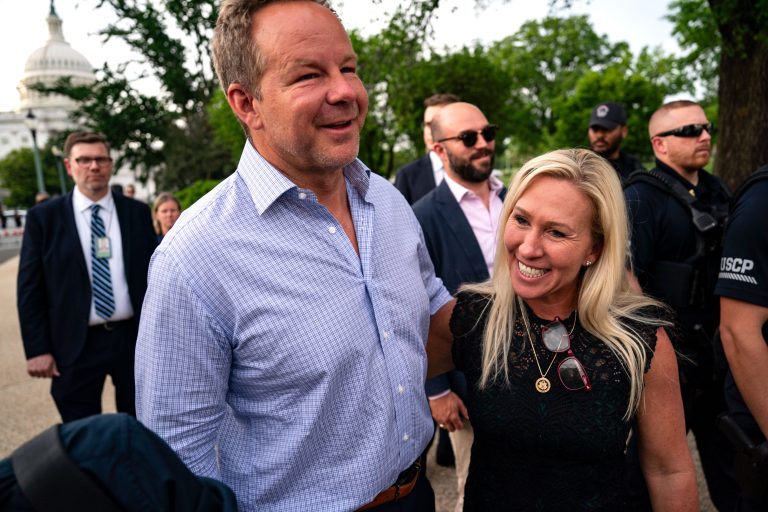AI Says Trump Is the Most Successful President Since FDR — Here’s What That Really Means
In a bold new analysis that’s raising eyebrows across the political spectrum, Donald Trump’s second term is being hailed as the most successful presidential start since Franklin D. Roosevelt’s, according to an AI-powered study published by Newsweek.
The study used advanced artificial intelligence models to evaluate the first six months of every U.S. presidency since 1900, measuring legislative productivity, congressional alignment, and policy impact. The result? Trump’s return to the White House in 2025 has — by this model’s standard — outperformed the opening stretch of any modern presidency, including Ronald Reagan, Barack Obama, and even John F. Kennedy.
But how did the model arrive at such a striking conclusion?
What the AI Measured
The AI analyzed key legislative achievements within the context of party control. Presidents who managed to pass substantial, meaningful legislation with a slim congressional majority — or in the face of opposition — were scored higher. In Trump’s case, the One Big Beautiful Bill Act was the centerpiece of his early-term momentum.
Signed into law on July 4, 2025, this sweeping tax-and-spend package achieved multiple long-promised objectives:
-
Extended the 2017 Trump tax cuts
-
Increased defense and border security funding
-
Raised the debt ceiling
-
Cut spending on Medicare and several welfare programs
Despite its massive price tag — an estimated $3.3 trillion increase to the national debt over ten years — the Trump administration has defended the legislation as fiscally sound in the long run. Officials claim it will spur enough growth to pay for itself, a point heavily debated by economists.
The AI also credited Trump for advancing The Laken Riley Acts, a set of immigration-focused laws named after a murdered Georgia student, which imposed stricter enforcement mechanisms and penalties on sanctuary cities.
Trump’s Political Advantage
Much of Trump’s legislative success has been attributed to his strong party alignment across government. Republicans narrowly control both chambers of Congress, and with a firmly conservative Supreme Court, legal challenges have faced minimal resistance.
This contrasts sharply with past presidents who were often slowed by divided government or fragile coalitions.
“Trump came in with a clear agenda and just enough muscle in Congress to push it through,” said one political scientist quoted by Newsweek. “He’s benefited from ideological unity among Republicans, and the AI picked up on how rare and productive that alignment has been.”
Comparison to FDR’s New Deal Surge
The AI model drew comparisons to Franklin D. Roosevelt’s legendary first term, in which the president enacted 15 major laws in his first 100 days to combat the Great Depression. That included the Emergency Banking Act, Civilian Conservation Corps, and several key reforms that reshaped the U.S. economy.
While Trump’s legislative accomplishments are far different in content and context, the rate of passage and political coordination led the AI to rate both presidents’ opening stretches as highly productive.
Notably, Trump’s rating only applies to the first six months of his second term, not his full presidency.
Critics Push Back
Not everyone agrees with the AI’s conclusions.
Critics have questioned the metrics used, noting that legislative quantity doesn’t equal quality — especially when long-term economic impact remains unclear. Others point to the deficit-inflating cost of Trump’s new policies and the partisan nature of his achievements.
“This model doesn’t take into account public backlash, social division, or legal durability,” one political analyst said. “It just counts laws and congressional momentum. That’s useful — but it’s not the full story.”
Even Trump’s supporters acknowledge that success in passing laws doesn’t always translate to public support, especially as debates over entitlement cuts and immigration crackdowns continue.
What This Means Politically
For Trump, the recognition could serve as a powerful messaging tool as he looks to maintain momentum into the 2026 midterms. His campaign has already promoted the report on social media, with one aide calling it “proof that results matter more than rhetoric.”
Expect to see the phrase “most successful president since FDR” repeated — possibly on campaign merchandise, rally banners, and fundraising emails in the months ahead.
Final Thoughts
Whether or not one agrees with the findings, there’s no denying that Trump’s return to the Oval Office has been anything but quiet. With unified Republican control and a mandate from his base, he’s pursued a fast and focused legislative agenda — and according to AI, it’s paid off in measurable ways.
But will that momentum last? As budget fights, immigration enforcement, and foreign policy flare-ups loom, the next six months may prove just as defining as the first.

Sarah Mitchell is a bestselling novelist recognized for her insightful and emotionally resonant stories that explore the complexities of human relationships. Originally from Denver, Colorado, Sarah grew up in a family of teachers who nurtured her curiosity and love for storytelling. She studied psychology at Stanford University, where she became fascinated by the intricacies of human behavior—an interest that would later shape her writing career. Sarah’s novels are praised for their nuanced characters, intricate plots, and ability to capture the subtle tensions that define love, friendship, and family ties. Her breakthrough novel, The Spaces Between Us, became an instant bestseller, lauded for its honest portrayal of strained family relationships and the fragile bonds that hold people together. Since then, she has published several works that continue to captivate audiences around the world. Outside of her writing career, Sarah is passionate about mental health advocacy and often partners with organizations to promote awareness and support for those struggling with emotional well-being. Her personal life is quieter—she enjoys hiking in the Colorado mountains, practicing yoga, and spending time with close friends. With each new book, Sarah Mitchell cements her reputation as a writer who illuminates the beauty and struggles of human connection.
